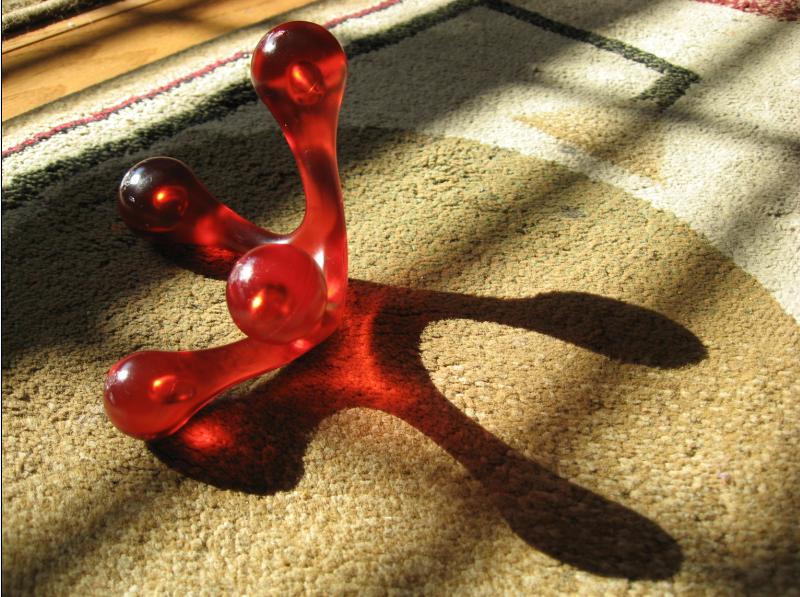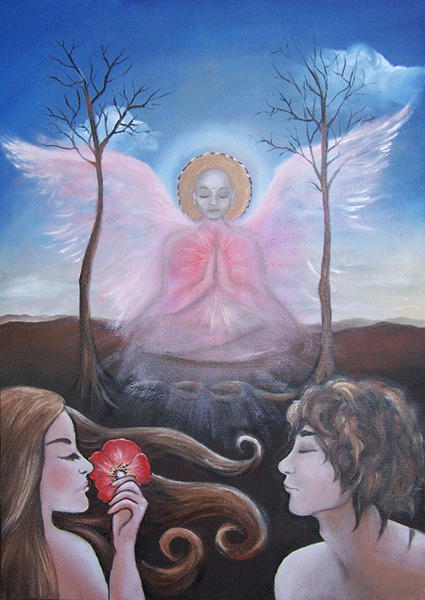Posted by Rex Crockett on September 29th, 2007
I haven’t read Stephen King in a while, but I recently picked off a random shelf the last of his Dark Tower series — The Song of Susannah. I was intrigued enough to start reading. King has in the past written many nice essays on the subject of writing. The introduction to this book is no exception.
What caught my eye and what I’m relaying here is germane to all the arts, so I thought I’d bring it in.
From “On Being Nineteen (And A Few Other Things)”
I think novelists come in two types, and that includes the sort of fledgling novelist I was by 1970. Those who are bound for the more literary or ‘serious’ side of the job examine every possible subject in the light of this question: What would writing this story mean to me? Those whose destiny … is to include the writing of popular novels are apt to ask a very different one: What would this story mean to others? The ‘serious’ novelist is looking for answers and keys to the self; the ‘popular’ novelist is looking for an audience.
It is no stretch to extend this to other arts. I know what kind of artist I am. Which kind are you?
Posted by Sunil Gangadharan on September 13th, 2007
Recently, I embarked on a little mini project in a bid to better understand the vagaries of photography. I find photography a hard master and am still unable to photograph my paintings to the level of detail I want… This mini-project may just be regarded as another attempt at understating photography better. The premise was simple: Instead of turning the camera to outside subjects like “people, landscape, houses, family’, I decided to turn it inwards. I decided that I was going to photograph just objects in and around the confines of our home. What initially was envisaged as a dull chronicle of household items turned out to be quite an exciting one (at least for me).

Sunil Gangadharan, ‘Juxtaposition’, digital photograph
I took about 50 pictures in a space of about two hours. All of them shot inside. I have posted a majority of them to the flickr site here. To see as slideshow click here.
So, instead of asking some serious art question (which I frequently find myself thinking more and more), I decided to take it easy and play.
Posted by Angela Ferreira on September 10th, 2007

Sitting and meditating lately about what is really life about that makes up get up in the morning and carry on as artists…
Is it how much money you got in the bank? The partner of our dreams? That new car you been saving up? The Exhibition you booked for?
Or is it the peace of mind, security and happiness that all this acquirements provide us?
What is really life about?
It’s very easy to confuse values with goals, but they are very different – goals are specific ways in which you might express your values…
Now, think for yourself, what you really value in your life? You might say “my job”, but then ask yourself “What is your job in the service of?” You might answer “Financial security”. Keep asking the same question “What is financial security in the service of?” Keep on asking the question until can’t find an answer and you have found your value.
Values are what life is about, and it it’s all about happiness. Know your values! Happiness is what makes my life worth for, ask yourself!
Everything else my dear collegues, it will before long turn to dust…
Posted by Karl Zipser on August 19th, 2007
Sunil‘s post Art, life: Separate or unified? raised the issue of whether an artist should try to be an artist all of the time. I commented that doing art requires intense observation and sensitivity — which is obvious. What is less obvious is that observation coupled with sensitivity are another way of saying “emotional reactivity.” That is, an insignificant input — the curve of a leaf — can cause a disproportionately large emotional output (that looks beautiful!!!!!) which, coupled with the act of painting, allows the artist to make the brushstroke that the moment requires.
Emotional reactivity is essential for making art, but out of the art-making process, it can be annoying, disruptive, counter-productive. The soldier and the policeman are trained not to have emotional reactivity, but the artist needs to develop it, harness it. The challenge for the artist it to be able to switch it on and off at the right moments.
There are the simply structural solutions for getting out of the art mode: don’t go to the studio on off-days, turn the pictures to the wall. The psychological solutions are more subtle: don’t think about that difficult painting or series at the wrong moments.
What do you do to take a break from art? Is it easier to get into “art mode” or to get out of it?
Posted by Sunil Gangadharan on August 16th, 2007
I had the good fortune to go to a very good group show at the MoMA recently with the provocative title ‘What is painting?’. One among the many works that I ran into was by a lady artist of the 1970’s Lee Lozano. Not having studied at art school, I did not know much about her (well, I did later find out that she really is not a household name) until I came back home and read up a little bit about her. The more I read, the more I was fascinated by how she had managed to integrate art and life into a seamless whole. From reading, I surmised that her desire for painting went beyond the confines of the canvas and she tried through her art/life to incorporate the viewer and her life in a strange union.
more… »
Posted by June Underwood on August 3rd, 2007

I was struck by Sunil’s post about his alteration/destruction of work into which he had put so much effort. In fact, I liked his revised “Palimpsest” very much, although I can see that it doesn’t resemble much of what he has shown us before this.
Because I have so many failed, partly completed, destroyed, altered, and despised pieces sitting around in boxes, baskets, photos and my memory, I thought I’d run through a taxonomy of my bad work and its place in my art-making universe. Ultimately my question is whether I’ve made adequate categories of “failure” or if there are others that could be added; in addition, I wonder if you can suss out what “runs” your failures — what, particularly if it’s not just a problem of quality, causes you to throw up your hands and ditch work.
So here are my categories. There’s work that simply fails — period, full stop. There’s work that gets altered, thus morphing into something else. There are series that come to an abrupt halt. And finally there’s work that’s put on hold.
Failed work has its own subcategories, of course, including failures to work the materials, failures of skill, failures of insight, and failures of resonances within one’s conceptual worlds. more… »
Posted by Karl Zipser on July 30th, 2007
Mark Hobson: Art-making . . . I ‘think’ about nothing when I am in the moment of picturing. . . Don’t think about it now, just picture it ‘intuitively’.
Birgit posted this from Cezanne: “…if I think while painting, if I intervene, why then everything is gone.”
Hobson and Cezanne are both essentially saying: verbal thought, stay out of the art.
The surprise to me is that highly distracting stimuli — the guys working in the café kitchen next door, the book on tape, can disturb me and leave me un-distracted at the same time. My impression from my own experience and what I have read in the comments of the previous posts is that the non-verbal artist “within” for the most part doesn’t care what kind of distracting words are passing through the mind, as long as they don’t interfere with the art-making.
Cogito ergo sum
When we ask the question, “What do you think about when making art?” the real question is: “When we say ‘you’, to whom are we referring?” They guy/gal inside with all the words thinks he or she is in charge, but the real action goes on separately despite the jabbering.
A bit spooky, no? Because, if you think about it, all that art-making doesn’t just happen. There must be a huge amount of judgement, information processing — thought in essence — without words or access to words. The only way to appreciate consciously/verbally what is going on is, as Hobson says, to ‘listen’, listen to the feelings the work evokes. Not that that’s either easy (with all that distraction) or necessary. Better to stay out of it, Cezanne seems to say.
How to make use of that unnecessary verbal thought while working?

